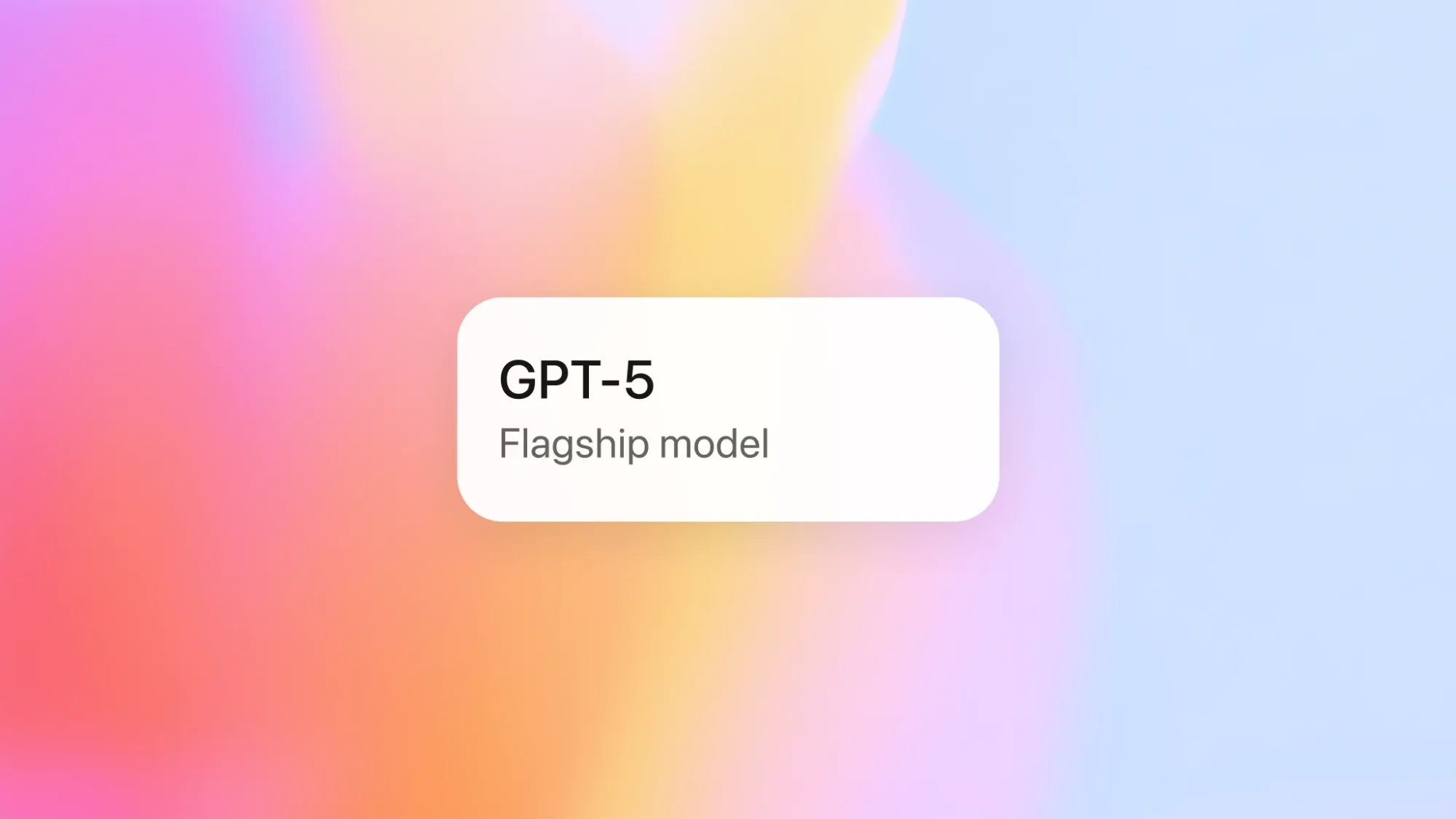Common Issues with GPT-5: What Users Are Really Saying

As the latest iteration of OpenAI’s flagship model, GPT-5 has stirred the AI world with bold promises of smarter reasoning, deeper memory, and improved reliability. But early user feedback paints a more complex picture. While the model certainly pushes boundaries, a wave of practical complaints and real-world challenges has emerged among developers, power users, and businesses.
In this article, we highlight the most common problems with GPT-5 based on verified reports across Reddit, X, and major tech outlets so you can make informed decisions when integrating GPT-5 into your workflows.
🐞 See Live GPT-5 Bug Tracker
1. Cold and Robotic Tone
Despite OpenAI’s claims of better communication, many users feel that GPT-5 has taken a step backward in conversational flow.
“Short replies that are insufficient, more obnoxious AI stylized talking, less ‘personality’…”
GPT-5 often produces ultra-formal, minimal responses that lack humor, warmth, or contextual understanding. For many, this makes it feel more like a tool and less like a helpful assistant.
Business impact: Reduced user engagement in customer support or chatbot scenarios.
2. Reasoning Limitations Without Prompt Engineering
GPT-5 includes dynamic routing, where it decides how much reasoning to apply. But this “thinking economy” frustrates users.
“Now it’s deciding if this response needs more thinking or less thinking… Which is bad user experience.”
Unless users explicitly tell the model to "think step by step" or "take more time", it may produce shallow or generic answers.
Tip: Always include prompt engineering techniques for high-precision tasks. Don’t assume GPT-5 will “figure it out”.
3. Bugs in Large Code Generation
While GPT-5 improves in software development tasks, it often breaks when generating longer, more complex codebases.
“When generating complex demos exceeding 600 lines, it runs into variable initialization/scope issues…”
Scope management, imports, and nested function handling can result in invalid or broken code. This makes GPT-5 unreliable for larger project scaffolding without human oversight.
Scalevise tip: Always validate AI-generated code through linters and automated test suites before deployment.
4. Lack of Transparency in Thinking Mode
With GPT-5, OpenAI introduced new “thinking modes” behind the scenes. However, users don’t always know which mode is active leading to confusion.
“It now uses more system prompts internally, but I can’t see how it made that decision.”
— X user discussion thread
The black-box nature of GPT-5’s routing system introduces UX friction, especially for developers who want consistency and control.
Consequence: Unpredictable outputs in mission-critical flows, such as legal writing, finance, or compliance automation.
5. Incremental, Not Transformative
Many users expected a massive leap with GPT-5. Instead, they describe it as a logical evolution of GPT-4.5 nothing more.
“It honestly feels like the improvements have slowed way down… small and incremental.”
Even some enterprise users question the value of upgrading, especially considering the higher pricing tiers for full access.
6. Delays, Throttling, and Capacity Limits
Performance issues are not uncommon during GPT-5 rollout.
“Sam Altman warned us of ‘capacity crunches’ and it’s real.”
— TechRadar
Even paying users report slow loading times, denied access to thinking modes, or complete timeouts during peak hours.
Conclusion: Don’t Believe the Hype Yet
GPT-5 is powerful, but not flawless. Real-world usage reveals consistent limitations that can disrupt workflows, mislead users, or even introduce critical bugs. As with any new AI release, caution, testing, and validation are key.
How Scalevise Can Help
At Scalevise, we specialize in testing, integrating, and optimizing cutting-edge AI systems like GPT-5 into real-world environments. From prompt engineering to automation safeguards, we ensure your AI works reliably and compliantly not just theoretically.
